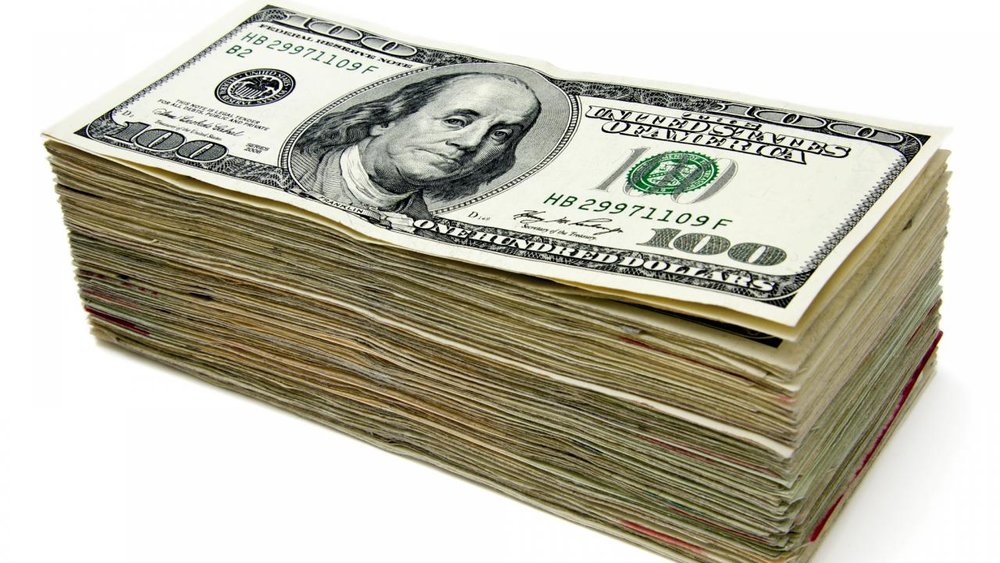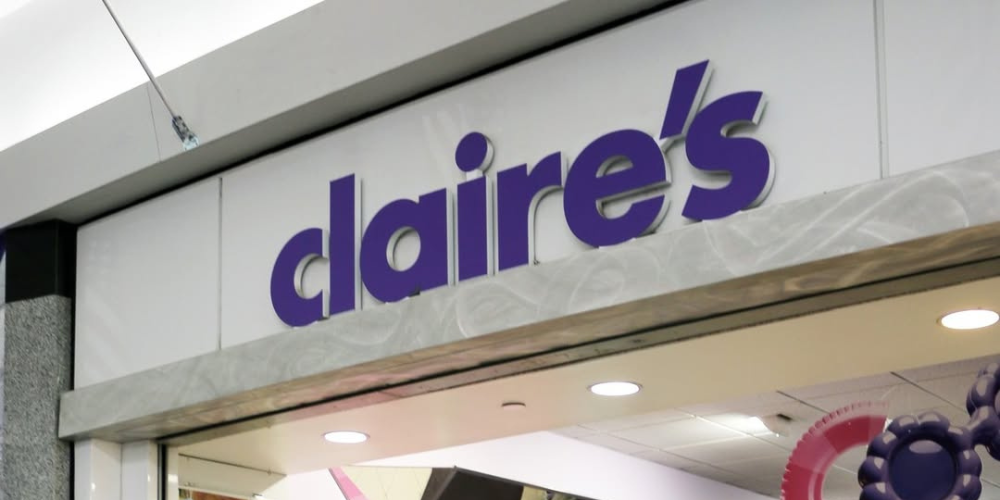The U.S. housing market is stuck. According to Redfin, only 2.8% of homes changed hands in the first nine months of 2025. That is just 28 out of every 1,000 homes sold. You have to go back more than 30 years to find a slower market.
That 2.8% turnover rate is not just low. It is also historic. Compared to the past decade, it is down about 30%. Compared to the peak frenzy in 2021, it is down 38%. In plain terms, fewer people are buying and selling homes than at any point in recent memory.
Why Everyone is Stuck in Place?
Let’s start with the biggest hurdle: Affordability. The typical U.S. home now costs over $435,000. Even as mortgage rates dip a bit, they are still much higher than the rock-bottom rates people enjoyed just a couple of years ago. That double punch of high prices and costly borrowing is keeping new buyers out of the game.

Pixabay / Pexels / Most current homeowners are locked into mortgage rates below 5%. If they sell now, they would have to give that up and take on a new loan at 7% or more.
That math doesn’t work for most folks. So, they are staying put, even if they might have wanted to move.
Fear of the Unknown
Beyond dollars and cents, there is also fear. Layoffs, a cooling job market, and a messy government shutdown have made people skittish. When the future feels shaky, big decisions get pushed to the back burner. Moving is one of them.
This fear spreads across both buyers and sellers. First-time buyers don’t want to overpay in a shaky economy. Homeowners don’t want to risk losing financial ground. So instead of taking a leap, most people are sitting tight and waiting for something to change.
Big Cities are Frozen, the South is Still Moving
This trend isn’t hitting all places the same way. The worst turnover numbers come from pricey cities like New York, Los Angeles, and much of California. In those spots, barely 10 or 11 homes out of 1,000 have sold so far this year. High prices and tax rules, like California’s Prop 13, give owners more reason to stay than to go.
But in some Southern cities, there is still a bit of movement. Virginia Beach saw over 35 homes per 1,000 sold, and West Palm Beach wasn’t far behind. Lower prices, a warmer climate, and fewer restrictions are giving those markets a bit more life, even if they are not booming.

Pixabay / Pexels / When people don’t sell, inventory stays tight. And when inventory stays tight, prices don’t come down. It is a loop.
That means people who want to buy can’t find options, and those who want to move can’t afford to. The result? A stuck market where nobody wins.
Experts like Redfin’s Chen Zhao say the mood right now is pure caution. Buyers are nervous. Sellers are hesitant. No one wants to make the first move, so the market stays quiet. It is not a crash, but it is far from healthy.
This record-low turnover is a signal. The housing market is in a strange freeze, where people feel trapped in place. High costs, locked-in rates, and economic anxiety are working together to slow everything down.










